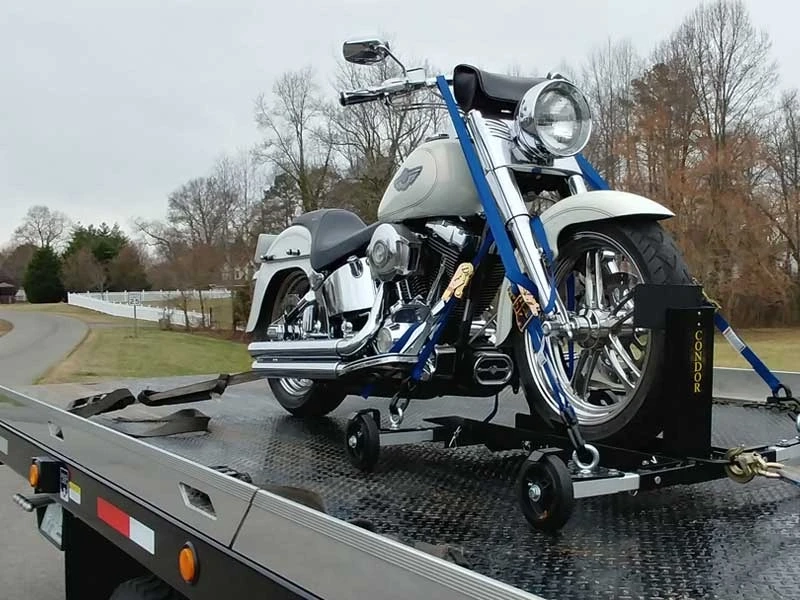When it comes to towing, motorcycles, and trucks present unique challenges that require specialized equipment and expertise. Understanding the nuances of both Truck and Professional Motorcycle Towing Services is crucial to ensure safe and efficient transport. This comprehensive guide will walk you through the essential steps and considerations for handling motorcycle and truck towing.
Motorcycle Towing
1. Prepare Your Motorcycle:
- Check for Stability: Ensure that the motorcycle is stable and balanced before attempting to tow.
- Inspect for Damage: Check the motorcycle for any pre-existing damage and document it.
2. Use the Right Equipment:
- Motorcycle Straps and Tie-Downs: Use high-quality straps and tie-downs designed specifically for motorcycles to secure the bike.
- Wheel Chocks: Place wheel chocks around the tires to prevent movement during transport.
- Flatbed Tow Truck: A flatbed tow truck is ideal for transporting motorcycles, providing a stable platform.
3. Secure the Motorcycle:
- Positioning: Place the motorcycle in the center of the flatbed.
- Strapping: Use the tie-downs to secure the motorcycle at multiple points, ensuring it is tightly fastened and immobile.
- Double-Check: Verify that all straps are secure and the motorcycle is firmly in place.
4. Transport with Care:
- Drive Smoothly: Avoid sudden stops, sharp turns, and rapid acceleration to prevent the motorcycle from shifting.
- Monitor Regularly: Periodically check the motorcycle and straps during transport to ensure everything remains secure.
Truck Towing
- Assess the Situation:
- Type of Truck: Identify the type of truck (light-duty, medium-duty, or heavy-duty) and its towing requirements.
- Condition: Evaluate the truck’s condition to determine the best towing method.
2. Choose the Right Towing Method:
- Wheel Lift Towing: Suitable for light-duty trucks, using a metal yoke to lift either the front or rear wheels.
- Flatbed Towing: Ideal for all truck types, offering a flat surface for secure transport.
- Heavy-Duty Tow Trucks: Required for large commercial trucks, equipped with powerful winches and lifting mechanisms.
3. Prepare the Truck:
- Remove Loose Items: Clear the truck’s interior and bed of any loose items to prevent damage.
- Secure the Cargo: If the truck is carrying a load, ensure it is securely fastened.
4. Load and Secure the Truck:
- Flatbed Loading: Drive or winch the truck onto the flatbed, ensuring it is centered and balanced.
- Strapping: Use heavy-duty straps to secure the truck, focusing on all four corners for stability.
- Double-Check: Confirm that the truck is tightly strapped and immobile before starting the journey.
5. Transport with Caution:
- Drive Carefully: Maintain a steady speed, avoid sudden movements, and be mindful of the truck’s weight and size.
- Regular Inspections: Stop periodically to inspect the truck and straps, ensuring everything remains secure.
Conclusion
Handling motorcycle and Truck Towing Service requires attention to detail, the right equipment, and a thorough understanding of towing techniques. By following these guidelines, you can ensure the safe and efficient transport of motorcycles and trucks, minimizing the risk of damage and ensuring a smooth towing experience. Whether you\'re dealing with a motorcycle or a truck, prioritizing safety and proper procedures will lead to successful towing operations every time.



